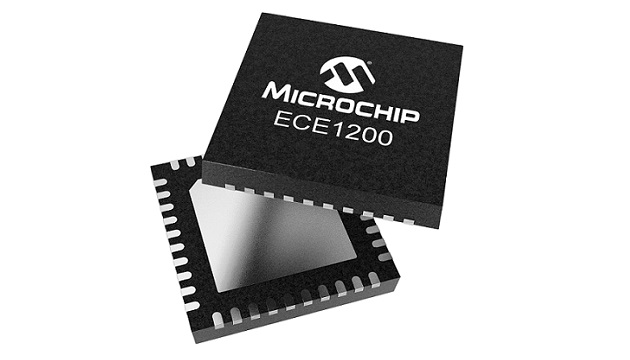As the industrial computing industry transitions from Low Pin Count (LPC) to enhanced Serial Peripheral Interface (eSPI) bus technology, developers face high development costs to update existing equipment to the new standard. To allow developers to implement the eSPI standard while preserving large investments in legacy LPC equipment, Microchip Technology Inc. announced the industry’s first commercially available eSPI to LPC bridge. The ECE1200 bridge enables developers to implement the eSPI standard in boards with legacy LPC connectors and peripherals, substantially minimizing development costs and risk.
Product longevity is critical in industrial computing equipment applications because of the significant upfront investment required. The ECE1200 eSPI to LPC bridge allows developers to maintain long lifecycles while supporting the eSPI bus technology that is required for new computing applications utilizing the next generation of chipsets and CPUs. To reduce risk for developers, the eSPI bus technology went through intensive validation for industrial computing applications and has been validated with leading processor companies.
“Microchip has been at the forefront of providing eSPI since the standard’s infancy in the computing space,” said Ian Harris, vice president of Microchip’s computing products business unit. “We are continuously bringing new products to market to help the industry transition to eSPI. The ECE1200 extends our leadership in this market and allows customers to implement eSPI without sacrificing years of investments in legacy LPC equipment.”
Designed for today’s eSPI requirements, the ECE1200 detects and supports Modern Standby mode with low standby current. This helps industrial computing developers manage operating costs and efficiencies, while maintaining the features end users expect from modern devices. The ECE1200 is simple to implement and does not require any software.
Pricing and Availability
The ECE1200-I/LD is available today in a 40-pin VQFN package for $2.66 each in 10,000-unit quantities.
For more information, visit: www.microchip.com








